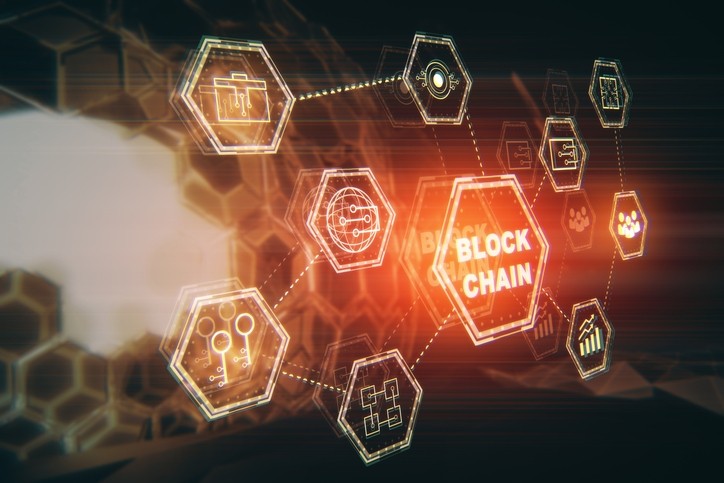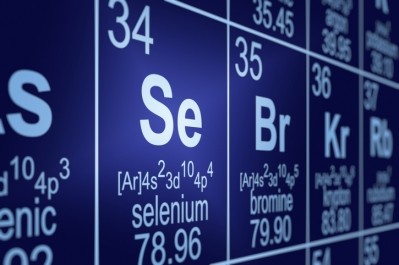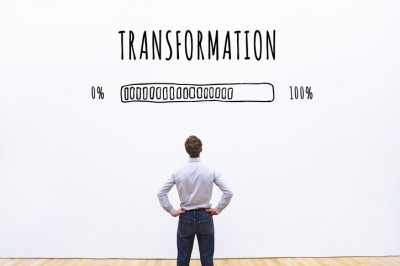Special Edition: IPPE Reports
Alltech: technology brings new roles, transparency to the feed industry

During a presentation at the International Packaging and Processing Expo (IPPE) in Atlanta on innovations and distribution to animal and feed production Aidan Connolly, chief innovation officer with Alltech outlined a series of eight technologies that are changing or likely to change the way production species are raised.
“Many will say the chicken business will never be disrupted,” he said. “’My father, his father, my great granddaddy they produced chickens a certain way and we’ve pretty much done it for a thousand years why should we expect to be any different?’ Is that dissimilar to what was said about the taxi business? We’ve had taxies for hundreds of years and then Uber comes along and disrupts it.”
Similar disruptions have taken place in multiple industries in recent years including for hotels, online retailers and movies, he said. “These are businesses that three or four years ago did not see what change was coming – do we have our heads in the sand? Do we see the disruption that’s going to be in agriculture?”
The technologies he discussed included the use of sensor technology, 3D printing, drones, robots, artificial intelligence (AI), augmented reality, virtual reality and blockchain.
“If you don’t know what blockchain is, I suggest you go away and learn what blockchain it is because this is potentially the most transformative,” said Connolly. “One of our big issues in agriculture is clearly the challenge of being transparent – people want to know what happened in terms of the feed, the premix the drugs that are used in the feed.”
Blockchain has the ability to allow for that transparency, he added.
The group is bound by a ninth disruptive entity – the internet of things, he said during the talk.
We caught up with Connelly, after the presentation to hear more about the technologies driving change or the potential for change in agricultural and for the feed industry.
“The technology that is clearly coming right away is the blockchain technology,” he said. “And that one in terms of feed will also be transformative.”
Currently, approximately 30% of some feed additives like selenium, zinc and copper cannot be traced to their sources, said Connolly. Blockchain technology has the ability to help address some of those unknowns and provide more information of product origination.
“We’re rejecting about 30% of what we receive from vendors saying it’s not meeting our specifications because of heavy metals, PCBs [and] dioxins – just those three alone,” he said. “When we see our customers rejecting corn because mycotoxin levels are too high that corn still gets sold to someone else someone who isn’t doing the testing – blockchain will start to bring a level of transparency to the feed industry which has not traditionally been there.”
Long-term disruption in feed
Additionally, for the feed industry, the increasing move toward artificial intelligence could bring a point when roles including feed formulation are no longer handled by a person, Connolly told us.
“The smart jobs that require a lot of institutional knowledge – people can be replaced by more intelligent decision making and artificial intelligence is part of that,” he said.
Technology that provides quicker feedback or more precise information could play an increasing role in animal production, he said. “The second piece which is critical we’re not making informed decisions from a nutritional perspective,” he added.
“We typically get the weights of the animal at some lag – we make a nutritional change and 30 days later we know something has happened, egg production, milk production, weights of pigs or chickens,” he said. “It makes it extremely difficult, from a nutritional perspective, [to see] what is actually happening.”
The increased use of sensor technology at the individual animal level, or machine vision, which may expand knowledge collected on visual inspection of a barn or facility, might provide producers the ability to have a more rapid return on information, said Connolly.
“Incoming grains, incoming beans, to know in real time that the nutritional perceptive, that the nutritional profile of that has changed and the ability not to even have to have a human interact with all that information to make an informed decision, but that decision is taken by an artificial intelligence that would happen [instantaneously] – that is precision nutrition,” he said.
The change would be transformative from a nutritional perspective, he said.
“From a feed perspective it makes everything we do today change,” he said. “It might mean we need an awful lot less feed, probably, and it certainly means we’re going to be a lot more effective on what we get out of our feed and probably we’re going to make better decisions.”
However, unlike the use of blockchain technology, which has already started, the timeline for regular use of an AI product in feed or animal production likely is eight to 10 years away, he said.












